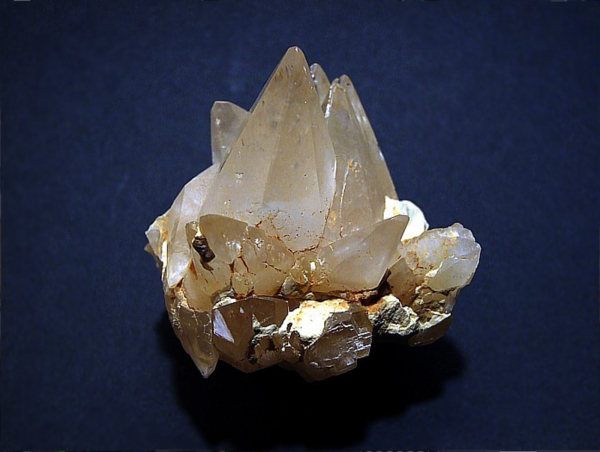Alto da Serra quarries, Rio Maior, Santarém, Portugal
CaCO3
Crystal System: trigonal
Colour: colourless, white, yellow, red, orange, blue, green, brown or gray
Lustre: vitreous, sub-vitreous, resinous, waxy or pearly
Habitus: prismatic, scalenohedral, rhombohedral
Hardness: 3
Fracture: conchoidal
Cleavage: perfect - perfect on {10-11}
Density: 2.711 g/cm3
Origin and geological occurrence: it is the most stable polymorph of calcium carbonate. It is widespread in several geological environments. It occurs in sedimentary (e.g., limestone), metamorphic (e.g., marble), and rarely magmatic rocks (e.g., carbonatite). It is a common gangue mineral in hydrothermal veins. It occurs in cave where it forms speleothems.
Samples:








